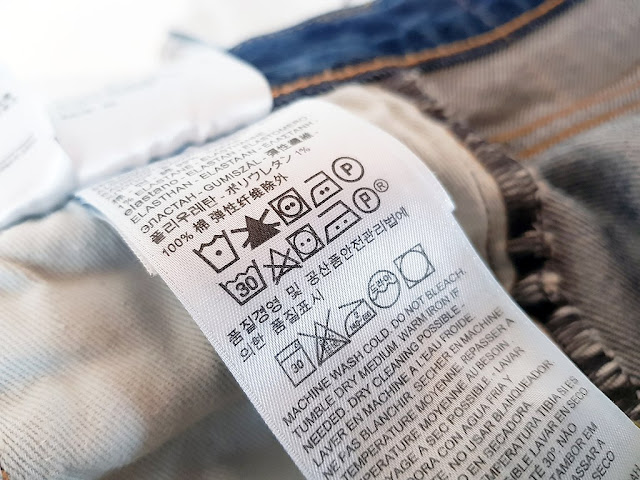I love BabyGap. I think the designers do an incredible job. The product looks fresh and cute, and it is priced reasonably. I read a very interesting article in February's 26th Business Week,
Paul Pressler's Fall From The Gap. My first reaction was here is someone who didn't read
Kathleen's book
. Reading through the article (and if you can believe everything in it), one can see he clearly didn't understand the fashion business. It would be easy to put all of the blame on him because he was the new guy. The truth is that GAP has corporate culture issues not unlike any large company.
I met an assistant designer for GAP years ago. The impression she left was not very favorable. At least I decided I would not work there, if given the choice. It was a pretty cut throat environment with people climbing the corporate ladder rather quickly because of constant turn over. She left the impression that she could be become one of the head designers within a few years. Success like that does not happen without a lot of back-stabbing.
So I don't blame him entirely for his failure to turn things around at GAP. It would not have been an easy task to walk into a difficult corporate culture, with little fashion experience. Some of his decisions illustrated in the article were indeed poor, others just missed the mark. I think design entrepeneurs can learn from him. Here are my thoughts on some of his decisions:
1. Combining fabric purchases. He made the mistake of combining denim sales for all four divisions of GAP, including Old Navy, Banana Republic, and Forthe and Towne. The result was that all divisions ended up with exactly the same denim to use in all of their denim styles. There is no point in having four divisions if there is not some kind of difference in the clothing. Why buy denim jeans at Banana Republic when you can get the same thing at Old Navy for less money?
The idea is not without merit. I have had corporate execs suggest the same in the past. The goal is to negotiate a lower price for the raw materials by buying in bulk. A small company can combine fabric purchases to also negotiate a lower price. The point is that you shouldn't buy only one fabric, or one style of fabric. Large fabric mills will push you in that direction because it is less expensive for them to run 10,000 yards of the same denim fabric. But what are you going to do with 10,000 yards of denim?
A small business is more likely going to need, say, 300 yards of denim, which will cost more than what GAP will pay. But you can still negotiate a lower price. Sometimes, your order can be combined with an order from another company. Both companies could benefit with a lower price. Perhaps, you could up your order to 500 yards and you can use the extra fabric the next season or in another style. If the fabric company has more than one type of fabric, perhaps you could combine your fabric needs with one company. A long term relationship between supplier and buyer can lead to lower prices.
A small business should never buy ALL of their fabric from one source. You never know what could happen, so make sure to have back-up choices.
2. Outsourcing development. Pressler required his designers to create their patterns in the states and then have the samples made in Asia. Sample making in Asia is cheaper. The problem is time. It takes time to mail samples and patterns back and forth. Even with internet technology, there are many barriers to the ease of communication. Language differences is the biggest. This kind of product development can take as long as 3-4 months for final product approval, especially on a new style. Pressler would not give approval for expedited shipping.
You can outsource product development. It should be something to consider, especially for childrenswear designers. A lot of children's clothing is made overseas - just shop the competition and you will see very few USA labels. Because competition is so stiff, you can save a lot in labor by moving overseas.
If you decide to take this road, give yourself plenty of time. Time to find a reputable manufacturer. Time to find a manufacturer that will run smaller lots (small is a relative term, but expect 500-1000 pc runs to be termed "small"). Time to teach the manufacturer and their technical people your product and quality standards. You can do a lot of things long distance. One Chinese manufacturer preferred that designers actually come and spend a few weeks in China working directly with a patternmaker to develop samples. Not only was it faster, but it ensured the designer got what they wanted.
3. Market Research. Pressler tried to use traditional market research tactics to predict the next big trend. The problem is that customers look to their favorite brands to lead on the next trend. This means that designers predict or envision what should happen next. Fashion companies rely on their designers for this.
Market research is important for building a better brand and better product. Designers do need to listen to their customers. I have seen a few online fashion companies add product reviews and customer comments on their sites. This type of system can help a company improve problems faster. Inspect returns for product defects. Learning from the past can help you move forward.
What will happen at the GAP next? They are now on the hunt for a CEO with apparel experience. I don't see the death of GAP, but I do see some serious growing problems.













